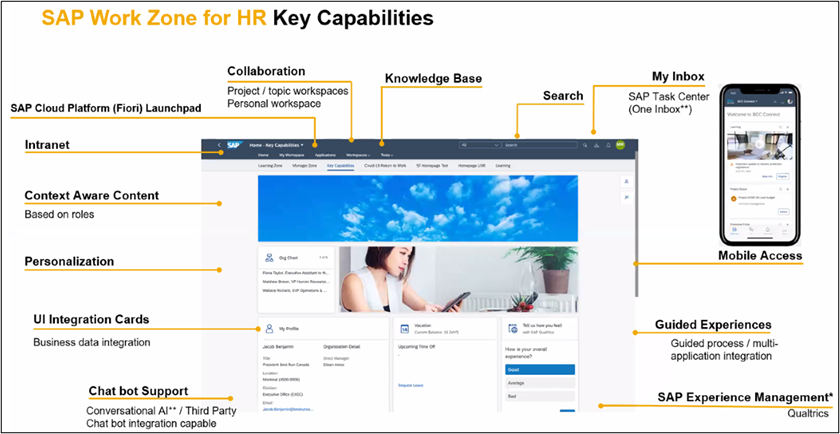Management by commitment, the right model for companies
Every company, SME or start-up has assets to put forward. Whether it’s turnover, employees or the technology with which it evolves, all are faced with the choice of their management method.
To this conclusion, a single system is intended to ensure the durability of the company: “Management by Commitment”
Management by Commitment, what is it?
Firstly, this management method is driven by motivation. The importance of enthusiastic employees to evolve within a structure is a condition sine qua non for the success of the company. The challenge is to maintain this commitment despite both internal and external constraints. Employee involvement comes first and foremost through trust. Simply following instructions blindly can’t be satisfactory. There are three prerogatives to maintain this trust.
1) An understanding of each other’s tasks
2) A common contribution to the development of solutions
3) An initiative by everyone and a right to make mistakes
Secondly, stimulation is a common vision of the company. This allows everyone to understand the challenges ahead. To function collectively it is necessary to understand each other’s tasks. Motivation, commitment, sense of belonging or recognition of work are the essence of collaborative work. Sharing a vision is important, being able to contribute to the resulting strategy is even more effective. This allows the employees to better understand it, but also to feel part of its realization.
Finally, the right to the error, it is only by testing new approaches that the progression is possible. Although sometimes difficult to accept, failure is a definite asset of leadership. It helps to promote risk taking. With teams, the manager must appreciate their mistakes, analyze them and learn from them.
The difficulty of adapting your management style
Not all companies are at the same level and the complexity begins as it grows and has several hierarchical levels. There was the notion of “bosses” and its “employees” but, that has given way to the birth of a conglomerate made up of a manager, a managerial team and collaborators.
A study was conducted by the Stafon Project on Emerging Companies, James Barron and Micheal Hannan, two American researchers and they have concluded that the “engineer” mode of management is the one most used in our current societies. This model is called “engineer” because it is composed of employees with varied and autonomous skills constantly in search of responsibilities. According to the study, it constitutes a risk of bankruptcy twice as high for companies. The conclusion is clear: the engagement model remains more interesting in the long term than a system based on the addition of technical skills.
For our researchers, the culture of commitment within the company is a state of mind to adopt. Empowering employees, supporting managers when they are in difficulty, being grateful for everyone’s efforts. Commitment is not a simple thing to develop but becomes a real driver when it is put in place to the right extent and wisely.








